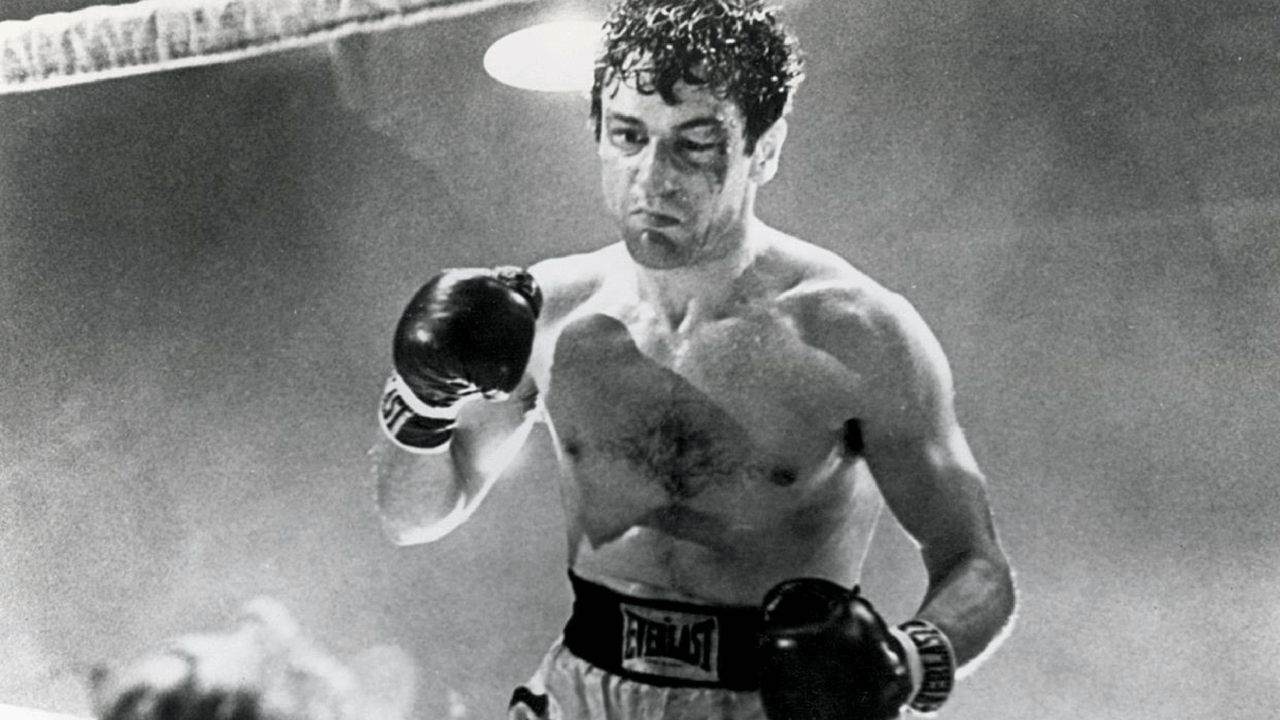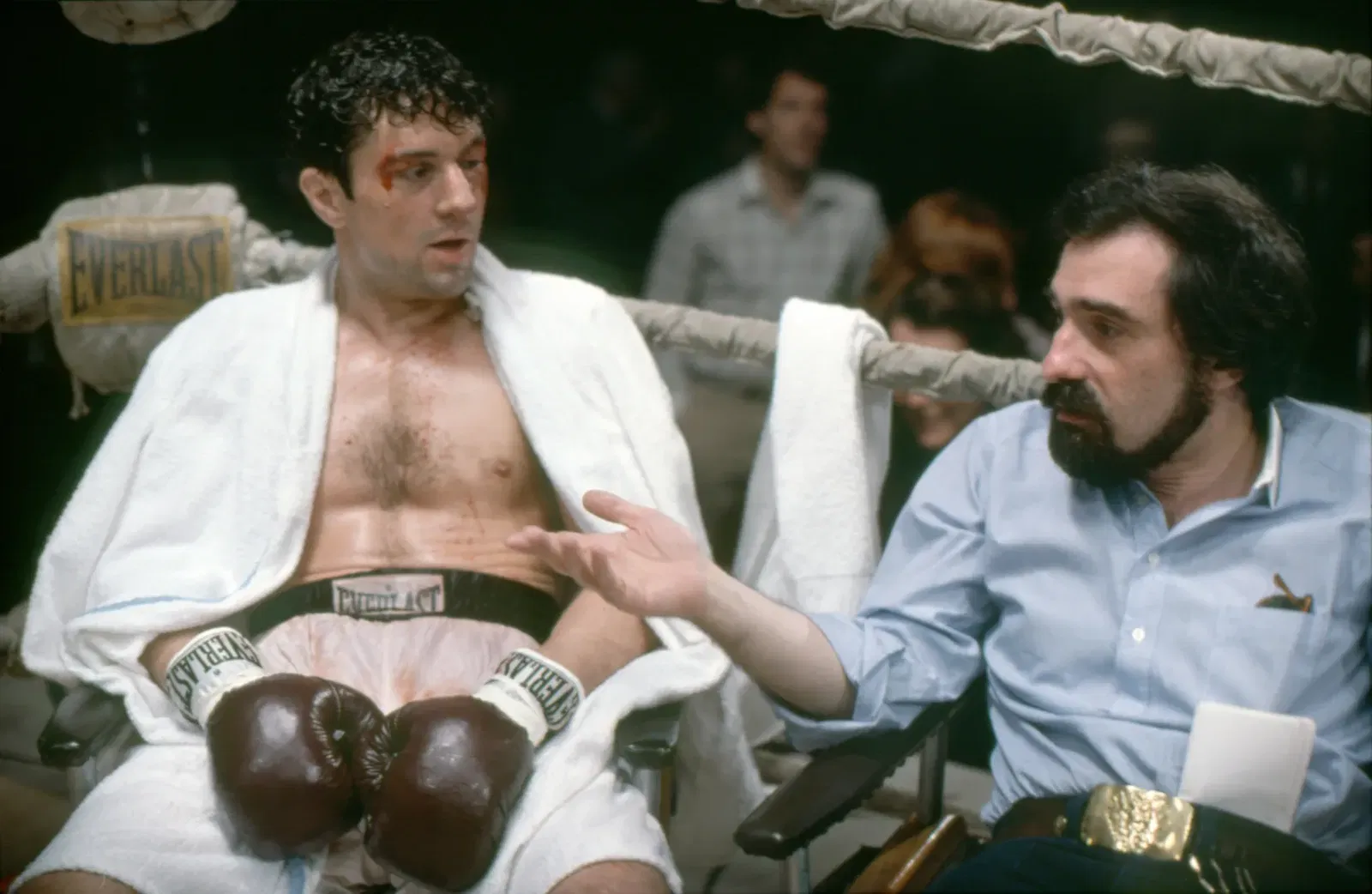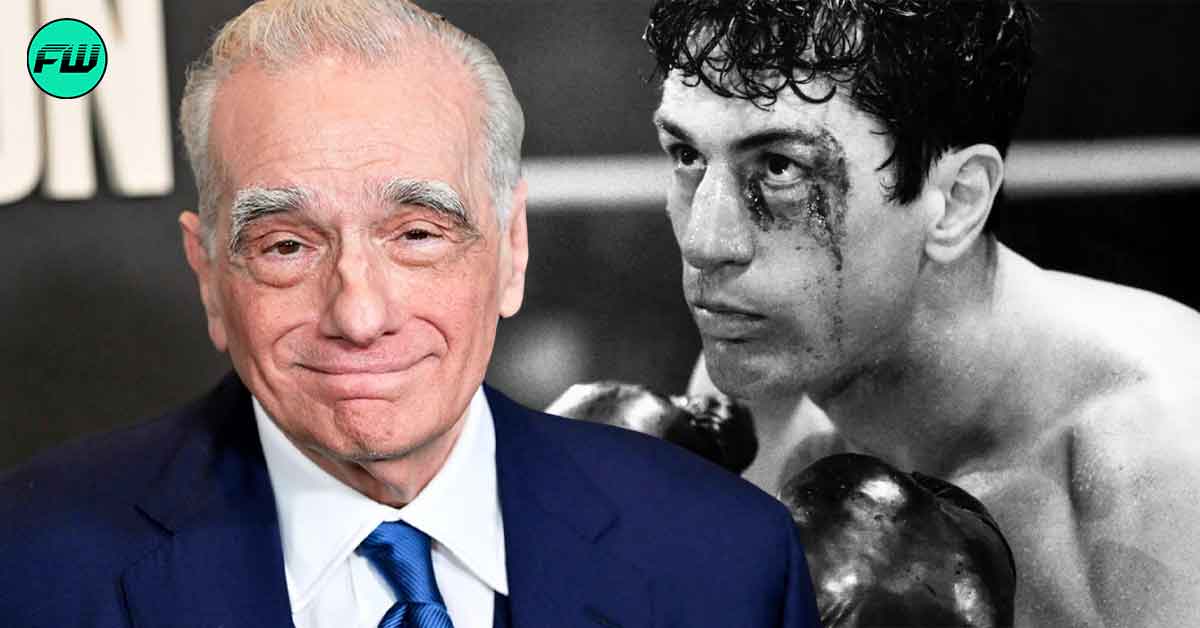Martin Scorsese directed the biographical sports drama, Raging Bull, in 1980, based on the life of professional boxer, Jake LaMotta. One of the creative choices for this Robert De Niro movie was to film it in black and white. Scorsese aimed to make his film more expressive and stand out from other color films released around the same time.

Scorsese intended to provide a fully immersive experience to his audience, taking them inside the boxing ring. By removing color, he left it to the audience’s imagination whether the fluids coming from the fighters were blood, sweat, or water.
Martin Scorsese Decided To Film Raging Bull Without Color For A Seemingly Sadistic Reason

Initially, Martin Scorsese planned for a colored feature film and shot footage of Robert De Niro sparring as preparation. However, when Scorsese showed this footage to the British director and his mentor, Michael Powell, he identified an issue. Powell shared that the color of the gloves looked off in red because, in LaMotta’s period, the color would have been either maroon, oxblood, or black.
Powell’s insight made The Departed director reconsider his choice of a color film. Scorsese had also visited two boxing matches before the filming to pick up certain nuanced details of the film. Scorsese noticed details like the blood on the ropes of the ring and the blood-soaked sponges. He wanted the audience, especially boxing fans, to have an experience reminiscent of being inside a boxing ring.
While somewhat sadistic, he wanted his audience to imagine the blood, sweat, and water, without showing its color on screen. The Taxi Driver director shared in an old interview that resurfaced on YouTube:
“[Going colorless] made it more expressive so that you don’t know that the fluids that are coming off the fighters is blood or sweat or water, you don’t know what it is. It’s part of the whole experience of being inside the ring.”
Besides the experience, Scorsese wanted to stand out among other productions that were also capturing boxing films in color around the same time, including the Rocky franchise. These color films had a critical problem that Scorsese identified.
Also Read: Martin Scorsese Has a Very Professional Reason for Abandoning WB: “I can’t work here anymore”
Martin Scorsese Recognized The Color Fading Issue With The Films Of That Time

While most color films of that time were not futuristic, The Wolf of Wall Street director recognized a color fading problem that affected the films ten or more years after the release. These films essentially lost the visual impact they once had. The Aviator director, who grew up watching black-and-white television, decided to revisit those old days. Scorsese shared the factors that influenced his decision in the interview:
“There are two reasons black and white. Number one is the color fading problem. I said why design the picture in color when it’s going to fade and we have no guarantee the color remaining more than 10 years, maybe less. [The other one was] something was wrong with the color. And I think a lot of it had to do with how I grew up looking at television black and white movies. And how that sets you in a certain time frame, a period piece, in a way.”
Raging Bull is undoubtedly one of the greatest films ever made. Robert De Niro won the Best Actor Oscar for his portrayal of LaMotta. As expected, the violent content made an impact on the audience and even received criticism upon release. While the box office response was average, grossing only $23.4 million, the film went on to become a classic.
Raging Bull is now available for streaming on Max.

